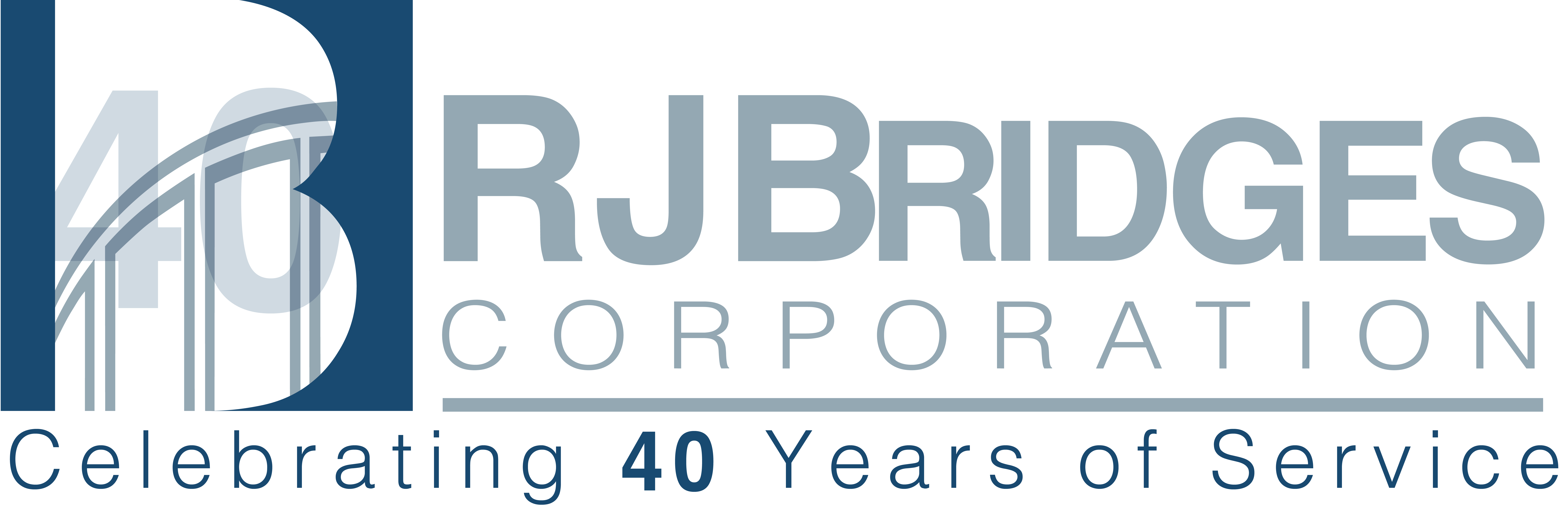We are proud to be celebrating 40 years of expertise in commercial architectural products!
Continuing Education
Bring AIA-approved courses right to your firm and complete them during lunch. Bonus: we’re buying.Continuing Education for Architects Has Never Been This Easy
RJ Bridges enables architects to earn continuing education units (CEUs) without leaving the office or even logging into online training.
As an AIA-approved education provider, we bring a variety of courses — along with lunch — onsite to you.
We call them our Lunch and Learn Seminars. Here’s why you should take advantage of them:
They’re free.
They’re done for you.
They’re a win-win.
They span many architectural topics.
They offer Health, Safety, and Welfare (HSW) credits.
They offer Leadership in Energy and Environmental Design (LEED) credits.
Our Continuing Education Courses for Architects*
Here are some of the architectural courses we currently offer through our Lunch and Learn Seminars:
Pushing the Design Envelope with Fire-Rated Glazing and Framing
This course illustrates how to incorporate fire and heat protection so that it blends seamlessly and beautifully into a modern design. Topics include the history, evolution, applications, challenges, and solutions for fire-rated systems in commercial architecture.
Credits:
1 AIA (HSW)
Featured Vendor:
Vetrotech
Daylight and Energy: Designing with Insulated Glass Units (IGUs) with Integrated Cord-Free Louvers
This course describes how to design with daylight, optimize it, increase energy efficiency, and control heat gain. It also covers the operation and sustainability of IGUs and cord-free louvers.
- 1 AIA (HSW)
- 1 U.S. Green Building Council / Green Business Certification Inc. (USGBC/GBCI) for LEED professionals
Unicel
The Profitability of Healthy Spaces
This course discusses innovative approaches to bringing natural light and ventilation into built environments. It describes the products and materials available today for this purpose and explains their durability and performance. It also covers the benefits to building occupants and the corresponding value for building owners.
Credits:
- 1 AIA (HSW)
- 1 USGBC/GBCI for LEED professionals
Featured Vendors:
Expansion Joint Covers
This course explains how to define the requirements for an expansion joint and then select the best-fit joint cover system. It also describes various joint cover systems that suit different design visions and building codes.
Credits:
1 AIA (HSW)
Featured Vendor:
Construction Specialties
Sun Controls
This course explains how to use shading systems to reduce the energy consumption of commercial buildings. It examines various design strategies, products, and selection criteria for incorporating shading systems into building envelopes.
Credits:
1 AIA (HSW)
Featured Vendor:
Construction Specialties
Architectural Louvers
This course illustrates the wide variety of louvers available today and explains their role in not only supporting a building’s aesthetic but in protecting it from the elements. The course also describes how different louvers are manufactured, tested, and rated.
Credits:
1 AIA (HSW)
Featured Vendor:
Construction Specialties
Metal Composite Material
This course reviews metal composite panels, their function as a rain screen or barrier wall, and their design role as an aesthetic element. The course also discusses their production methods, the resulting application options, and installation techniques.
Credits:
1 AIA
Featured Vendor:
Citadel Architectural Products
Patient Privacy and Tranquility
This course covers architectural options that support the care and comfort of patients in healthcare settings. Topics include designs and products that control privacy, lighting, and sound in order to promote rest, healing, dignity, and peace of mind. The class also explores case studies from top healthcare facilities that enhance the patient experience through architectural design.
Credits:
1 AIA (HSW)
Featured Vendor:
Unicel
Mental and Behavioral Health Facilities
This course describes design choices and best practices that support providers, patients, and programs in both inpatient and outpatient mental and behavioral health facilities. The class also examines real-world cases from leading mental health facilities that successfully use design to improve patient care and well-being.
Credits:
1 AIA (HSW)
Featured Vendor:
Unicel
Using Aluminum Extrusions to Create Sustainable Facades
This course summarizes the history, environmental attributes, features, and finishes of aluminum extrusions. It enables course participants to discuss aluminum extrusions in environmental product declarations (EPDs), and covers all of the following:
- The environmentally responsible manufacture of aluminum extrusions.
- The green building strategy of attaching aluminum cladding to back framing systems with continuous insulation (CI).
- Installation techniques and application options for aluminum cladding, complete with case studies.
Credits:
1 LU (HSW)
Featured Vendor:
Longboard
Schedule Continuing Education for Your Architects Today.*
Think about the courses you need and the lunch you’d like. Then reach out to us. We’ll take care of everything else.
*Note that our Continuing Education Seminars are only available in the Western Pennsylvania, Central Pennsylvania, and West Virginia areas.
